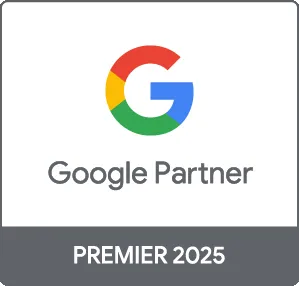Pay-Per-Click (PPC) advertising through Google Ads is a vital component of digital marketing that allows businesses to reach a target audience effectively. By setting a budget and paying only for actual clicks on your ads, PPC advertising can yield significant returns on investment when executed properly. In this comprehensive guide, we'll explore the essentials of PPC advertising, how it works, its advantages, and best practices to maximize your campaign's effectiveness.
What is Pay-Per-Click Advertising?
PPC is an online advertising model where advertisers pay each time a user clicks on one of their ads. This model is most commonly associated with search engine advertising, particularly through Google Ads, which displays ads based on user searches. Instead of relying on organic traffic, PPC allows businesses to buy visibility on search engine results pages.
How Google Ads Works
Google Ads operates on a bidding system where you choose how much you're willing to pay for a click. Advertisers bid on keywords relevant to their products or services. When a user searches for those keywords, Google auction determines which ads to display based on the bid amount and quality score. The higher the quality score and bid, the more likely your ad will appear on the first page of search results.
Advantages of Google Ads
- Targeted Reach: Advertisers can target specific demographics, locations, and times, ensuring ads reach the most relevant audience.
- Measurable Results: Google Ads provides detailed analytics, allowing advertisers to track clicks, conversions, and ROI, making it easier to optimize campaigns.
- Brand Awareness: Even if users don’t click on your ads, seeing them can increase brand awareness and recognition.
- Flexible Budgeting: You can set daily budgets and adjust your spending based on campaign performance.
Best Practices for PPC Advertising
1. Keyword Research
The foundation of a successful PPC campaign is thorough keyword research. Use tools like Google Keyword Planner to find keywords that your target audience is searching for. Focus on a mix of high-volume keywords and long-tail phrases that are more specific to their searches.
2. Write Compelling Ad Copy
Your ad copy should be engaging and relevant to the keywords you've chosen. Highlight unique selling points and include a clear call-to-action (CTA) that encourages clicks. A/B test different versions of your ad copy to see which performs better.
3. Optimize Landing Pages
When users click on your ad, they should be directed to a landing page that is relevant to the ad content. Ensure landing pages are well-designed, mobile-friendly, and have a clear value proposition. This will help increase your conversion rates.
4. Monitor and Adjust Campaigns
Regularly check your Google Ads campaigns to analyze performance. Look at metrics like click-through rates, conversion rates, and cost per acquisition. Use this data to adjust bids, change keywords, and refine ad copy for optimal results.
Conclusion
Pay-Per-Click advertising through Google Ads is a powerful tool for businesses to drive traffic and increase conversions. By understanding how PPC works, leveraging its advantages, and following best practices, you can create effective campaigns that contribute to your overall marketing strategy. At Prebo Digital, we specialize in managing PPC campaigns designed to deliver maximum ROI. Contact us today to learn how we can help you succeed with your PPC advertising!





